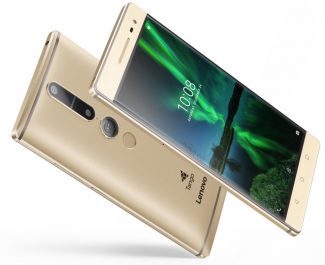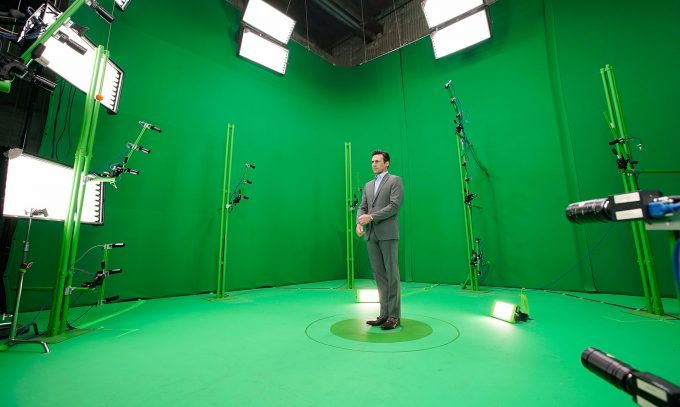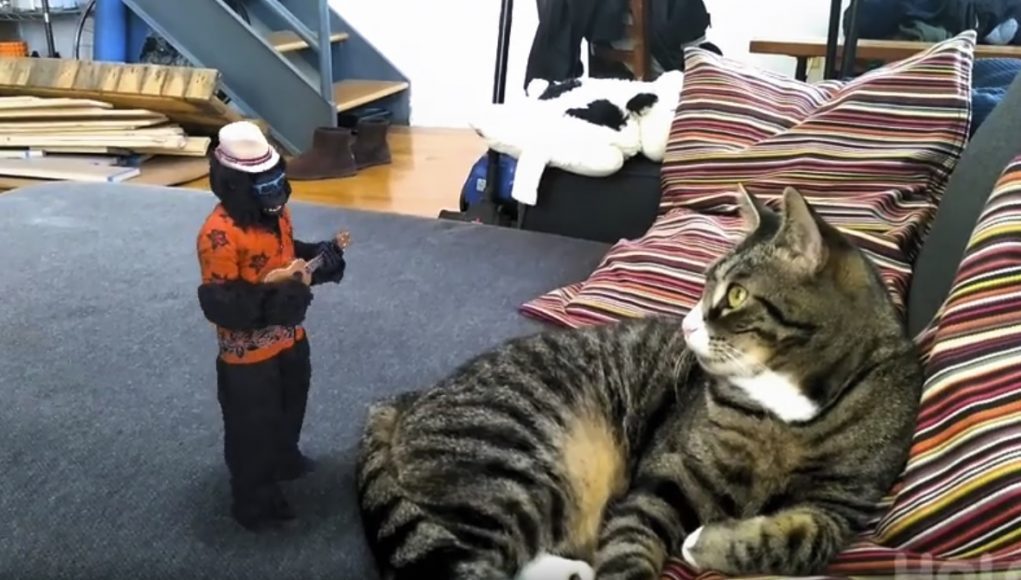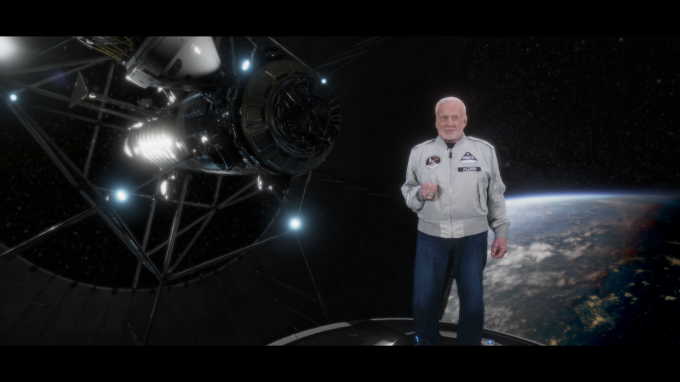Volumetric video specialists 8i have announced their latest series B funding round has netted them a further $27 while also unveiling Holo, a mixed reality video app, powered by Google’s Tango technology.
We first reported on 8i back in 2015, when they unveiled their 360 volumetric video capture system, capable of capturing imagery and data from different viewpoints and stitching them back together in realtime, allowing the video to be viewed from different angles.
Now, in addition to the company’s previous 2015 series A funding round, 8i have announced it’s to receive a further $27M in funds from a series of high profile investors including Baidu, Verizon and Time Warner.
Up to now, 8i’s focus has very much been on virtual reality, with an early version of their ‘3D Video’ player launching for the Oculus Rift, even before the consumer version had reached market. However, the company’s latest direction embraces the recent wave of consumer devices to include Google’s ‘Tango’ depth sensing and capture technology. It’s called Holo, and it purports to “bring holograms to consumers” via pre-recorded volumetric video and augmented reality. 8i is making extensive use of the word “hologram” in the colloquial sense, though technically speaking their work does not involve holograms in the optical sense.

“As consumers are augmenting, mixing and creating new content on their smartphones on a massive scale, mobile presents an unparalleled opportunity for distribution of holograms,” said 8i CEO Steve Raymond. “We’re thrilled to have the strategic expertise and backing of leaders in media, technology, and communications as we bring audiences new ways to create and engage with content. With this global round, we look forward to partnering with our investors from the US, China, Europe, and Australia as we bring our technology to consumers worldwide.”
The app, which allows users with Google Tango-enabled phones—such as the recently released Lenovo Phab 2 Pro—is in beta right now with a release set for some time this year. It allows users to capture video of their real world and drop pre-recorded volumetric video ‘avatars’ (captured by 8i) into the scene which then pan and rotate in real time, matching the camera’s movement.

But while Holo looks like enormous fun, what of 8i’s plans for virtual reality? 8i CEO Steve Raymond says, “Our investment into mobile AR in no way diminishes our excitement for the many use cases that are emerging for our holograms in high end VR. What we are seeing are different kind of content creators embracing different forms of content for different consumption platforms.”
Holo is the first, low-cost entry step for content creation using their volumetric assets, but the company has already produced more ambitious projects with higher fidelity visuals, such as Buzz Aldrin’s Cycling Pathways to Mars (below), a “volumetric VR experience powered by 8i holographic technology and designed for HMD’s that enable 6-degrees of freedom,” which is due to premiere at SXSW next month.
“With VR and AR, we’re seeing the very beginning of a new generation of immersive media,” said Scott Levine of Time Warner Investments. “8i makes holographic human content a reality in this new era with its breakthrough volumetric capture technology, while lowering the barrier for creators. We’re excited to back this world-class team as they continue to push the boundaries of data compression and depth acquisition, and bring holograms to the mainstream with Holo on smartphones.”
We’re not sure what to make of Holo itself having not tried it just yet, but with the VR industry still in an embryonic state compared with more established media platforms, 8i’s multi-pronged approach to introducing its immersive technologies to a mass market audience with something fun and accessible is probably a smart move.








